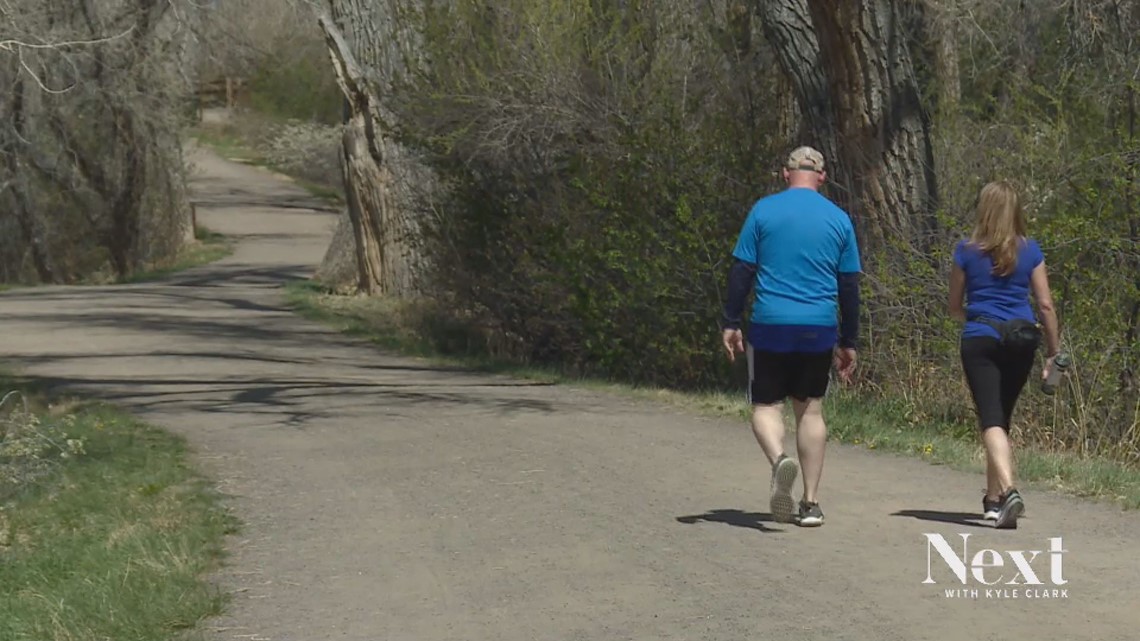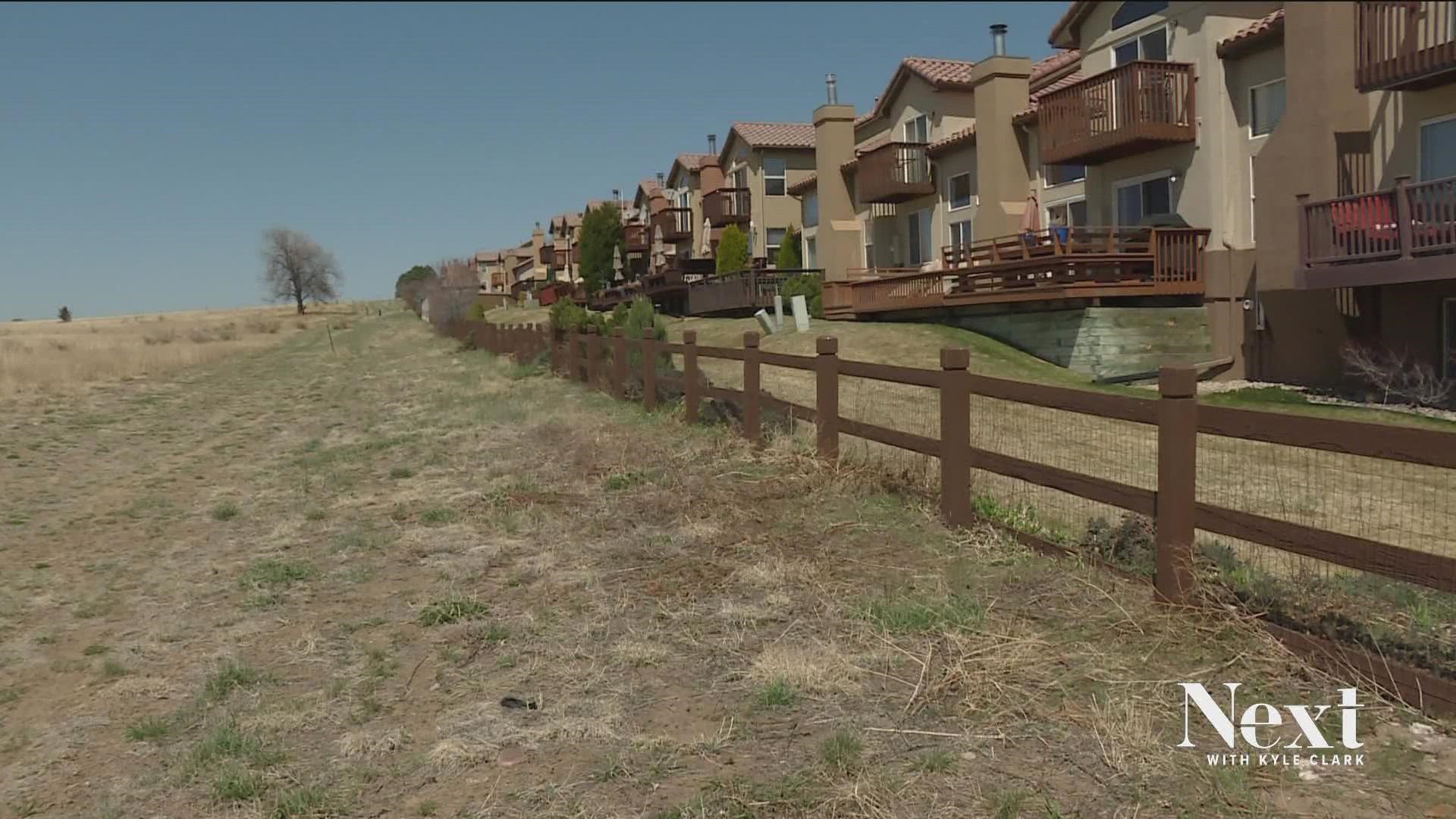DENVER — Fire danger in Colorado will be extreme on Friday.
The last time the Denver metro area was under an "extreme critical fire risk" was March 26, 2012.
The Lower North Fork Fire started that day. The fire began when a prescribed burn from days earlier was not property extinguished or monitored. It reignited in windy, dry conditions. The fire killed three people, destroyed 22 homes and more than 4,000 acres.
Friday is the second time since 2010 that the fire danger in the metro area is as severe.
"A big myth is that that wildland-urban interface area is only up in the mountains or it's only within a quarter-mile of mountains or the more rural or nonpopulated areas of our state," said South Metro Fire Rescue Risk Reduction Specialist Einar Jensen. "The High Line Canal trail, Cherry Creek State Park, open spaces in our urban areas, this is all wildland-urban interface."
Wildland-urban interface essentially means areas that are at risk of wildfire.
Those areas include parts of the suburban metro area that residents may not realize are at risk -- areas beyond the mountains and foothills, like the High Line Canal, which stretches 71 miles from Waterton Canyon in Douglas County to Green Valley Ranch in northeast Denver.
"The trail itself forms a pretty good fuel break against a low intensity surface fire," said Jensen.
In a previous Colorado, the Marjorie Perry Nature Preserve along the High Line Canal, south of Belleview Avenue and west of Holly Street, would be a peaceful respite on a windy day. In today's Colorado it represents a dry vegetation area that could enhance the risk of fire spread.


"Instead of focusing on open space areas that might be generating embers, we all have control over how those embers are received at our property," said Jensen.
Jensen explained how the risk of an ember that lands on your property can be minimized.
"Those little chunks of burning material, which could be pea-sized, up to grapefruit-sized, as they get lofted above a fire and get blown downwind of a fire, when they land, if they have enough heat in them to dry and vaporize the fuels that they land on, then you could have a spot fire," said Jensen. "We all need to do some bit of mitigation. Clean out your gutters. Remove junipers from your backyard and your front yard. Clean out underneath your deck."
With a day of extreme critical risk of fire on Friday, do not start a fire and be prepared to leave if necessary.
"Don’t wait for the Red Flag day, but always have a kit of important papers, backup medications, backup pair of glasses, backup equipment or supplies for your pets, so if you do need to leave at a moment's notice, you know how to get out quickly," said Jensen. "Think about your teenage kids or your single-digit kids that aren't old enough to drive yet. If the parents are at work and the kids are home alone, what are they expected to do? If it's, not only a Red Flag day, but now an evacuation has been order, how are they going to get out of the neighborhood safely?"
Similar to how kids are taught to know the home evacuation plan in case of a house fire, Jensen suggests they know the evacuation plan if they have to get out of the neighborhood.

